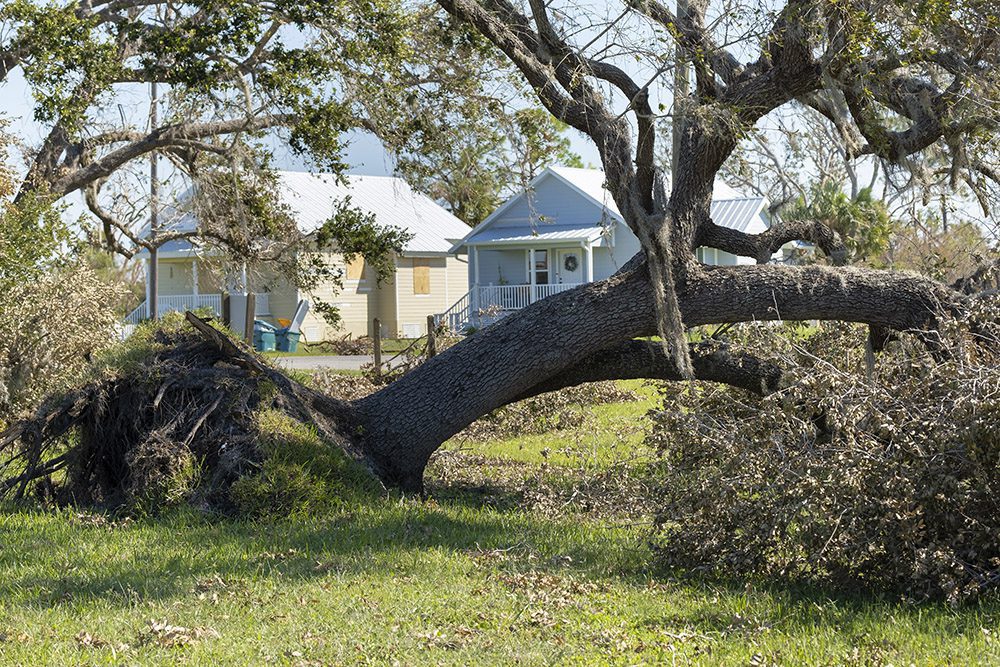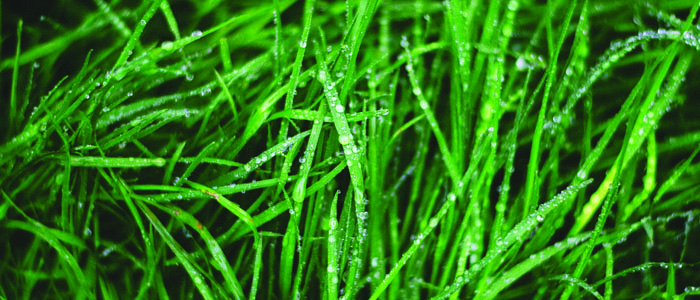
As veterans of a tropical climate, many Floridians feel prepared to face the world of pests head on. However, we may not want to. Last week we began our exploration of exotic pests with the goliath birdeater, the giant walking stick, and the Hercules beetle. All of these crazy critters are unique and just a little scary to look at. This week, we are continuing the exploration of exotic pests. Read on to learn about some of the craziest bugs you’ve never heard of.
Giant Weta
The giant weta looks like a massive beetle at first glance. However, upon further inspection, the curious scientist finds that it is actually a huge cricket. These big bugs are native to New Zealand and have the potential to get huge – a captive female grew to the same weight as a tennis ball. At their largest, weta usually hit around four inches in length.
The giant weta actually has about a dozen subspecies, but the populations of all of them are shrinking. As more humans move to New Zealand, their habitat is rapidly depleting, so quite a few subspecies are on the brink of destruction. Nowadays, they reside primarily in the offshore islands of New Zealand rather than the primary island.
Pale Tussock Caterpillar
The pale tussock (officially known as calliteara pudibunda) is a moth that is found across the Eurasian continent. Its final moth form is rather unassuming and looks like nearly every other moth in the world. However, it has a caterpillar that is a sight to behold.
It is a little spiky yellow caterpillar, but it is legitimately scary when it is up close and personal. From a distance, people may mistake the caterpillar for some fluff or a bit of sponge. It is simply fluffy and a very bright yellow. However, that fluff is actually spikes in reality.
They are ravenous little creatures. With certain population booms, they have been known to destroy hectares of forest. Their favorite trees are oak, willow, birch, and spruce.
Atlas Moth
The atlas moth is the inverse of the pale tussock, with a boring caterpillar stage and a stunning final moth form. Scientists believe that the atlas moth is the largest moth in the world, with an average wingspan of over ten inches. Essentially, if one were to land on your hand, it would cover all of it.
This moth is composed of many colors, including an orange-red, whites, blacks, browns, and even a dash of purple. The weirdest part of the Atlas moth, however, comes into play when discussing its evolution of survival. It has – get this – no mouth, a complete lack of energy, and a maximum lifespan of two weeks. Most moths only live about a week. Despite their big, beautiful wings, they rarely, if ever, fly because even short flights takes days off their lives.








